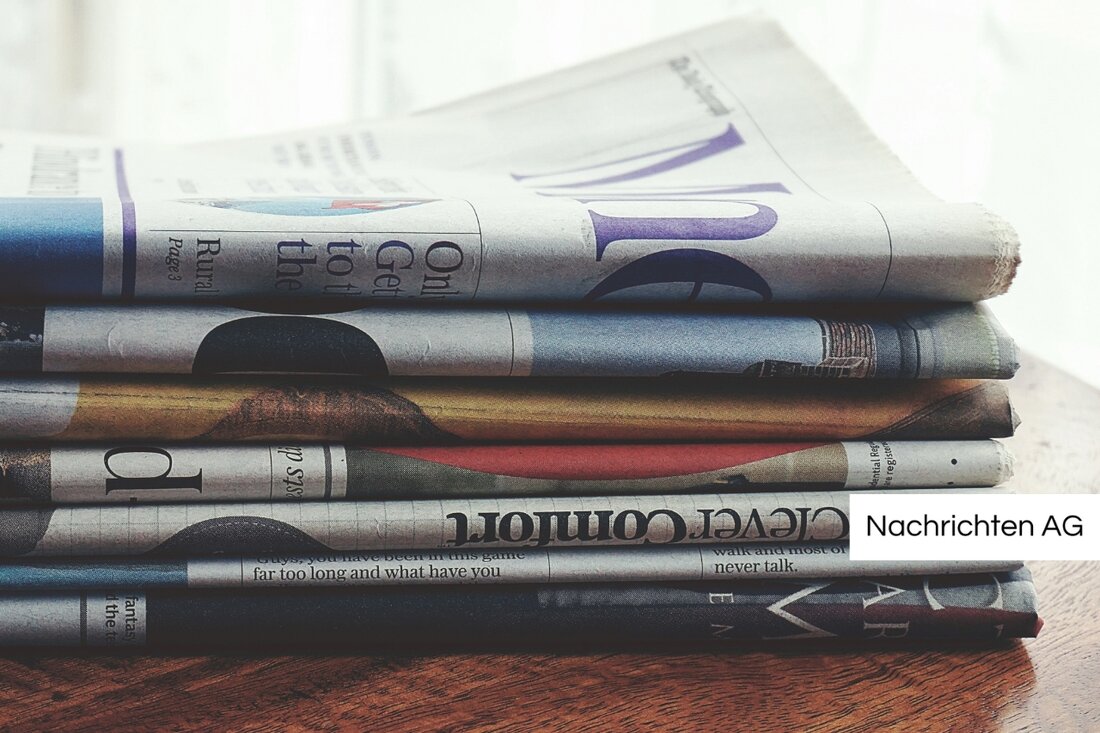Quantum physics up close: Students discover fascinating future technologies!
On October 14, 2025, Ulm University will host “AcademyDay” for high school students on quantum physics and innovative technologies.

Quantum physics up close: Students discover fascinating future technologies!
On October 14, 2025, “AcademyDay” took place at the University of Ulm, which specifically targeted high school students from the region. The event was part of the Ulm Quantum Week and the quantum festival “quant.ulm.2025”. Around 120 interested participants, including students and specialist teachers, came together to immerse themselves in the fascinating world of quantum physics.
Those present were welcomed by Professor Alexander Kubanek, head of a working group for hybrid quantum systems. His opening offer addressed the fundamental challenges of understanding quantum physics. In particular, it was emphasized that quantum phenomena are often not possible to observe in everyday life. Quantum mechanical effects such as the entanglement of particles were clearly explained.
Fundamentals of quantum physics
Dr. Michael Gaida explained the difference between classical physics and quantum mechanics and led the students through practical experiments. A quantum circle with five stations gave participants the opportunity to directly experience and understand various quantum phenomena. These stations included:
- Quantenmechanische Verschränkungseffekte mit einem Kartenspiel namens SuperPosition
- Komplementarität gemäß der Heisenbergs Unschärferelation
- Farbzentren in künstlichen Diamanten, die für die Quantenkommunikation genutzt werden können
- Magnetische Levitation
- Quantenradierer
In addition, the students were able to discover exhibits from the “Q-Bus” of the Federal Ministry for Research, Technology and Space and take part in a laboratory tour. They had to inspect experimental setups, such as those for laser-optical experiments at extremely low temperatures. Renowned professors such as Joachim Ankerhold and Martin Plenio also took part in the event, who spoke about quantum and its applications in medicine.
The future of quantum communication
A pioneering topic in quantum research is quantum communication. This uses principles of quantum mechanics such as quantum entanglement and quantum superposition to transmit information almost securely. A central element of this technology is quantum key distribution (QKD), which makes it possible to securely exchange data between two parties. Eavesdropping attempts can be immediately detected through deviations in the statistical distribution. There are already commercial applications of these technologies and the first customers are testing corresponding systems.
Current pilot projects, such as the QuNet initiative, are showing initial success by connecting network nodes at several locations in Berlin. Work is also underway on quantum repeaters and satellite-based technology to enable quantum communication over long distances. These technologies could be particularly important for government and military communications as well as for secure financial transactions.
Research in the field of quantum communication therefore offers great opportunities and could lay the foundation for a future quantum internet. As Viviana Villafañe, a physicist at the Technical University of Munich, emphasizes, color centers in diamonds are potentially crucial for the development of secure communication infrastructures due to their special quantum mechanical properties.
In summary, “AcademyDay” at Ulm University shows how important it is to get young audiences excited about quantum research and its diverse applications. Initiatives like these are essential to inspire the next generation of scientists while creating a deep understanding of the challenges and opportunities in this exciting field of research.

 Suche
Suche
 Mein Konto
Mein Konto